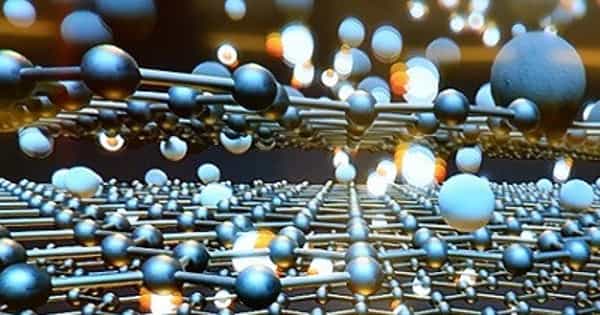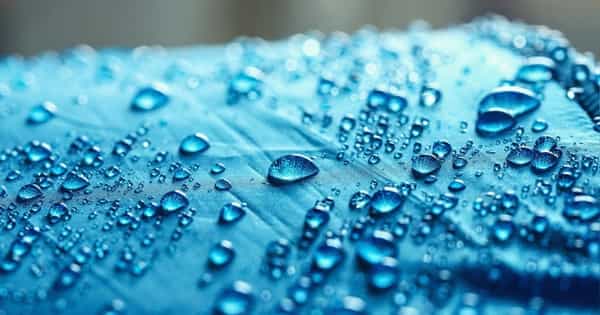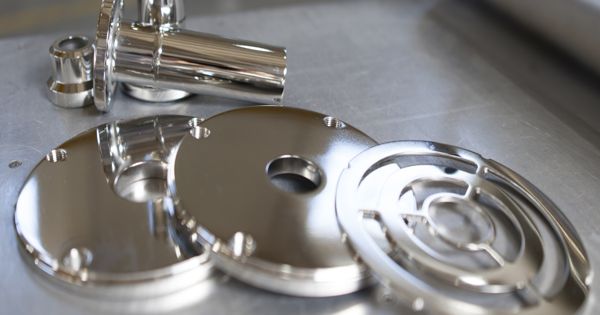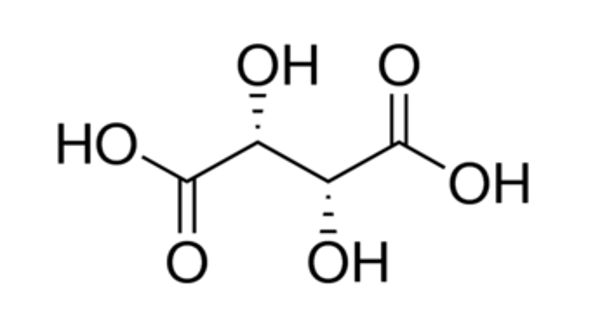Researchers have developed a method for creating ultrathin surface coatings that are resistant to scratches and dings. According to the researchers, the new material, created by combining thin-film and self-healing technologies, has an almost limitless number of potential applications, including self-cleaning, anti-icing, anti-fogging, anti-bacterial, anti-fouling, and enhanced heat exchange coatings.
Nanoscientists created new metasurfaces using nanoscale techniques inspired by kirigami, which could lead to a new chip-based method of achieving nanoscale control of light, leading to better optical displays, information encoding, and digital light processing. The researchers created ultrathin coatings that can withstand water and raise scientific questions about fluid mechanics and materials science in this study.
The new research discovered that the rapid evaporative properties of a specialized polymer with a network of dynamic bonds in its backbone aid in the formation of a water-resistant, self-healing coating with nanoscale thicknesses. The research was led by Nenad Miljkovic, a mechanical science and engineering professor at the University of Illinois Urbana-Champaign, and Christopher Evans, a materials science and engineering professor. It was published in the journal Nature Communications.
The new material, developed by merging thin-film and self-healing technologies, has an almost endless list of potential applications, including self-cleaning, anti-icing, anti-fogging, anti-bacterial, anti-fouling, and enhanced heat exchange coatings, researchers said.
The Miljkovic group’s primary focus for this study was to increase the efficiency of steam power plants, which are the world’s largest producers of electricity, by using these types of coatings in their condensers. “When applied to the surfaces of the condensers, the coatings make them more water-resistant and efficient at forming water droplets, which optimizes heat transfer,” said Jingcheng Ma, a graduate research assistant and co-lead author of the study.
Thin coatings, when used in steam power plants, can cause a slew of durability issues, according to the researchers. Coatings can degrade in weeks or even hours. Because of the coatings’ short lifetime, the real-world application is impractical, which has been a fundamental challenge in mechanical and materials sciences for nearly eight decades. Thicker coatings may be more durable, but they reduce heat transfer and erode the coating’s associated benefit.

Previous research has found that most ultrathin coatings develop tiny pinhole defects after curing onto a surface. According to the researchers, steam penetrates through these defects, causing gradual delamination of the coating, so their goal was to develop a pinhole-free, water-resistant thin film that would increase the overall energy efficiency of steam power plants by several percent.
Durable hydrophobic materials have piqued the interest of many people over the last century. Currently, the most popular strategy for achieving hydrophobic coating durability is to combine a perfluoro compound with a mechanically robust matrix to form a coating protection composite.
“Self-healing materials have the ability to recycle and reprocess themselves,” Evans explained. “We discovered that we can successfully use the dynamic bonds’ healing capabilities, allowing the coatings to self-repair in response to scratching or to prevent pinholes from growing.”
The material, known as Dyn-PDMS, can be easily dip-coated onto materials in nanoscale layers on various surfaces such as silicon, aluminum, copper, or steel. “We can get such thin layers because the solvents used in the reaction evaporate very quickly, leaving only the polymer,” Evans explained. “Furthermore, once cured, the material repairs itself from scratches extremely quickly – so quickly that it is difficult to observe in real-time. We don’t see this behavior in large, bulk samples of the material; only in thin-film, and that’s the question we’re attempting to answer right now.”
The researchers believe that the ultrathin coatings developed in this study provide a solution for sustainable water-resistant materials while also raising unanswered scientific questions in materials science and fluid mechanics.
This research was funded by the Office of Naval Research, the International Institute for Carbon-Neutral Energy Research, the Air Force Office of Scientific Research, and the National Science Foundation. Miljkovic and Evans both work at the Materials Research Laboratory. Miljkovic is also involved in electrical and computer engineering. Evans is also a member of the Beckman Institute for Advanced Science and Technology, as well as a chemical and biomolecular engineer.
















